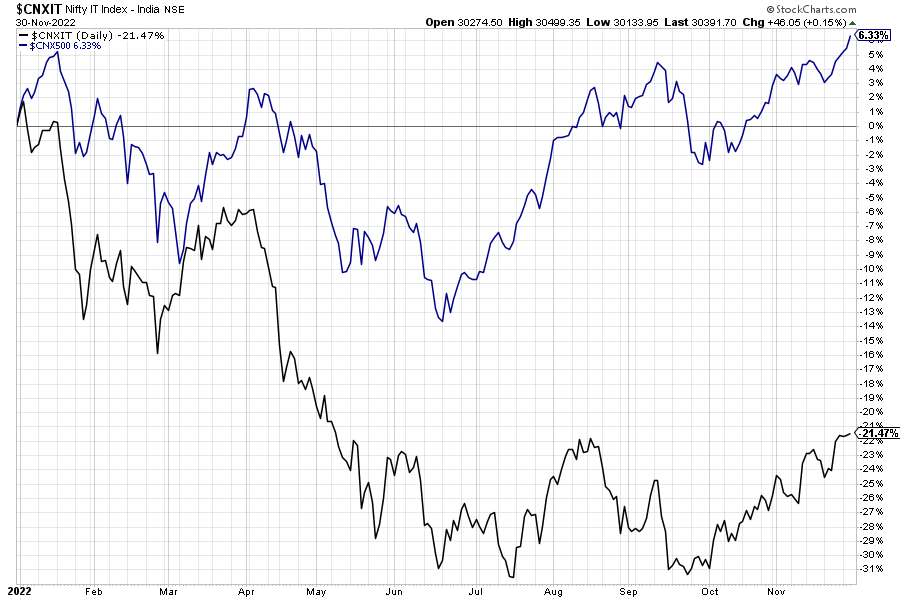
ChartTalk: Nifty Analysis – Crucial Support Levels and Patterns to Watch
The Nifty 50, India’s premier stock market index, has been on a roller-coaster ride in recent months. After hitting a bottom near 16,800 levels in March, the Nifty embarked on a five-month bullish journey, gaining over 3000 points. However, in the past month, the index has been retracing its steps, raising concerns among investors. In this technical note, we will take a closer look at the current technical setup of Nifty on the charts, the key support levels, and the patterns that traders need to keep a close eye on.
Critical Support at 19,250
As of now, the Nifty 50 is hovering near the 19,250 level on a weekly closing basis. This support level is of paramount importance as it coincides with the 23.6% retracement level according to the Fibonacci retracement levels. Maintaining a weekly close above 19,250 is crucial for the Nifty’s continued upward momentum. Any dip below this level could signal further weakness, potentially leading to a test of the 18,800 support level.

ChartTalk – This Is Free!!
Our FREE technical newsletter – Get actionable and profit-generating trade ideas in your mailbox.
Daily Chart Analysis
Zooming in on the daily chart, we observe the Nifty trading within a descending triangle pattern. The current price action finds support along the horizontal line of this pattern. While the weekly chart emphasizes the importance of the 19,250 level, the daily chart provides a slightly different perspective.
As of now, the daily charts indicate a narrow range of consolidation. The Nifty’s upside remains capped near the 19,550 level. This suggests that while the index is not breaking out into new highs, it is also not plummeting into a full-blown bear market. Traders must closely monitor this pattern as a breakout from the horizontal trendline could be a game-changer.
Descending Triangle Pattern
A descending triangle pattern is a classic technical formation that often precedes significant price movements. In this pattern, lower highs converge with a horizontal support line. The narrowing range of price movement indicates indecision in the market, with buyers and sellers in a tug-of-war. The breakout from this pattern, whether to the upside or downside, can lead to substantial price swings.
What Lies Ahead?
As traders navigate the current landscape, it’s essential to remember that market dynamics can change rapidly. While the Nifty 50 is at a critical juncture with key support levels and a descending triangle pattern, external factors such as economic data, geopolitical events, and global market trends can influence its direction.
Investors should keep a close eye on the Nifty’s weekly closing levels, with particular attention to the 19,250 mark. A sustained breach below this level could indicate a shift in market sentiment and potential further downside. Conversely, a rebound from this level could reignite bullish momentum.
The Nifty 50 has experienced a remarkable journey in recent months, with significant gains followed by a retracement. It currently stands at a crossroads, with the 19,250 support level and a descending triangle pattern providing important technical signals. Traders and investors must remain vigilant and adapt to changing market conditions as they monitor the Nifty’s progress. While technical analysis can provide valuable insights, it is essential to consider the broader economic and global factors that can influence the index’s future movements.
– Foram Chheda, CMT









